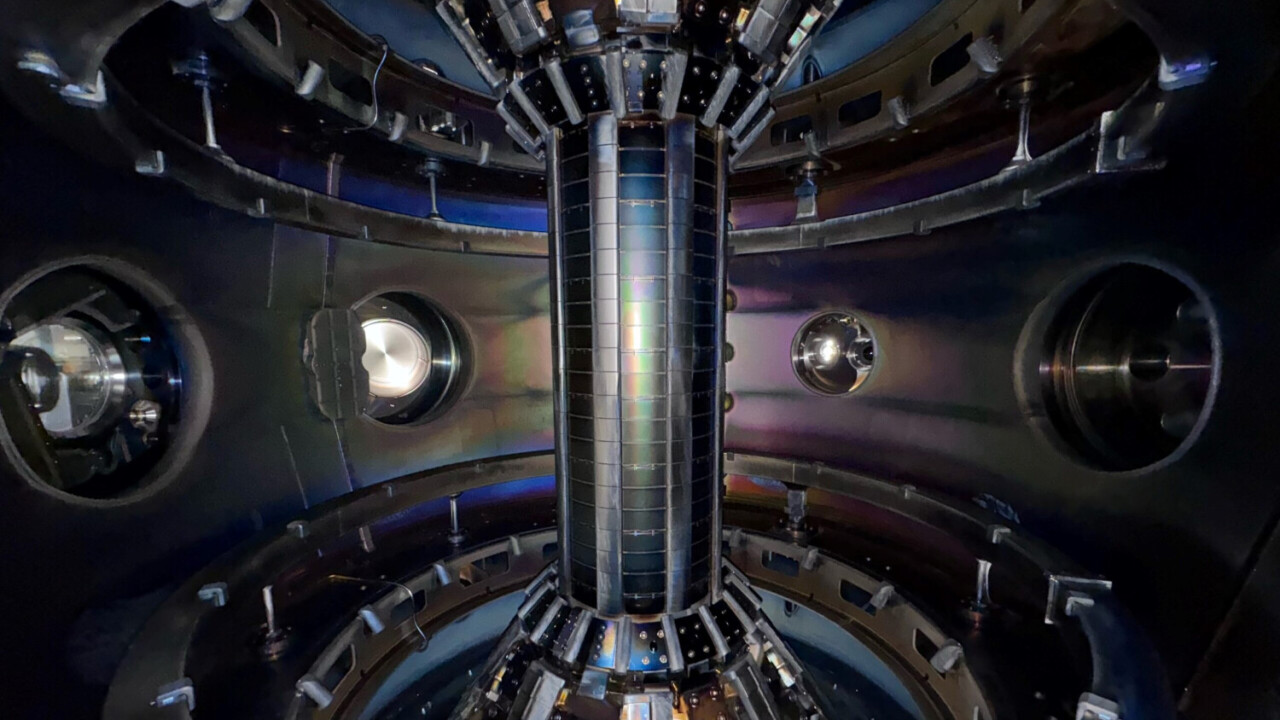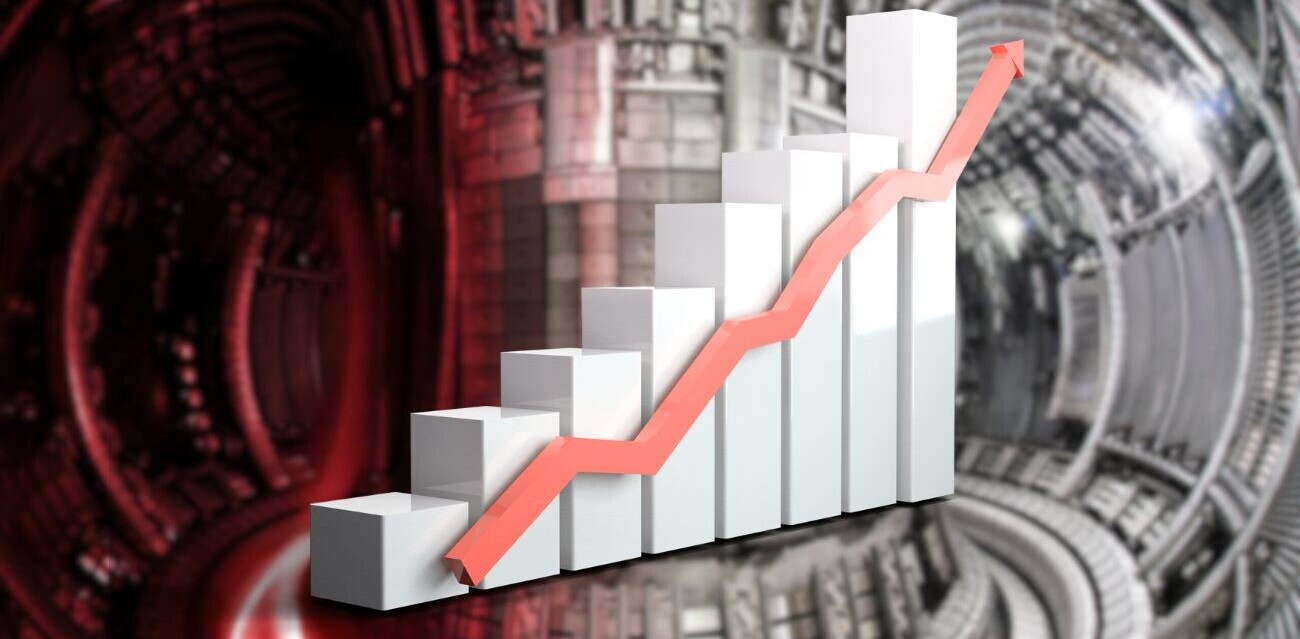
British scaleup Tokamak Energy has secured $125mn as it looks to harness fusion — the same clean, virtually limitless energy source that powers the Sun and stars.
Tokamak spun out from the UK’s Atomic Energy Authority in 2009. As its name suggests, the company is building a tokamak reactor, the most common kind of fusion design, first pioneered in the 1960s. Tokamaks use giant magnets to keep plasma moving in a loop while running an electrical current through it.
The funding brings the company’s total raised to $335mn, comprising $275mn from private investors and $60mn from the UK and US governments. This makes it Europe’s most well-funded private fusion energy venture.
Tokamak Energy said the fresh capital will help bolster its commercialisation plans. The company aims to have its first fusion power plant up and running somewhere in the 2030s.
However, the funds will also go toward growing Tokamak’s side hustle, TE Magnetics. The subsidiary develops superconducting magnets using rare earth barium copper oxide (REBCO) tape, enabling stronger magnetic fields to confine the plasma. Superconducting magnets are in demand not just in the fusion industry but in science, mobility, and renewable energy.
East X Ventures and Lingotto Investment Management led the funding round with participation from new investors including British Patient Capital, Furukawa Electric Company, global maritime company BW Group and US-based Sabanci Climate Ventures.
“Our mission is to make fusion energy a reality, and we believe the only way to achieve that is through strong, global partnerships,” said Tokamak Energy CEO Warrick Matthews, adding that the raise comes at a “critical” and “exciting” time for fusion development.
To fulfil its ambitious timeline, Tokamak is hastily developing, testing, and validating its approach using its pilot reactor — the ST40 — housed at its headquarters in Oxford.
The ST40 is a spherical tokamak, which is more compact than traditional donut-shaped reactors like the ITER fusion plant under construction in France. According to the company, this shape allows better confinement of the super-hot plasma where fusion occurs, making the reactor smaller, cheaper, and easier to build.
In 2022, the ST40 became the first privately owned fusion reactor to reach 100 million °C — six times as hot as the core of our closest star. This is generally regarded as the temperature threshold whereby fusion reactions can become self-sustaining.
Despite huge progress, fusion energy has always seemed to be that “20-years-away” technology. But the tides might be changing. According to a poll at the International Atomic Energy Agency’s (IAEA) forum in London earlier this year, 65% of insiders think fusion will generate electricity for the grid at a viable cost by 2035, and 90% by 2040.
Once up and running, Tokamak intends for each of its reactors to produce around 500MW of clean electricity — enough to power approximately 85,000 homes.
Get the TNW newsletter
Get the most important tech news in your inbox each week.





